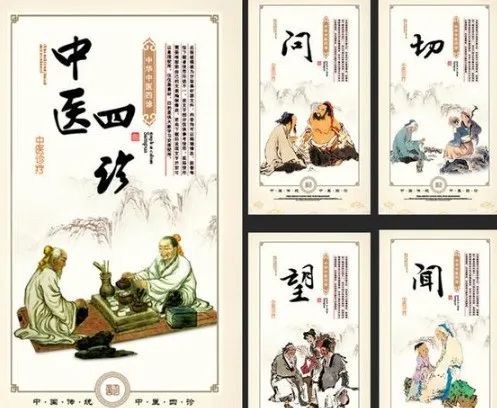
The Four Diagnostic Methods in Traditional Chinese Medicine (TCM) refer to the four fundamental approaches to diagnosing diseases: Wang (Observation), Wen (Listening and Smelling), Wen (Inquiry), and Qie (Palpation). Wang involves observing the patient’s complexion and physical form, Wen includes both listening to sounds and smelling odors, Wen is about inquiring into the patient’s symptoms, and Qie refers to palpating the patient’s body. In TCM, these four methods are collectively known as the Four Diagnostics.
What do the Four Diagnostic Methods refer to?

The Four Diagnostic Methods in TCM are the four basic approaches to diagnosing diseases, also referred to as the Four Diagnostics, which means Wang (Observation), Wen (Listening and Smelling), Wen (Inquiry), and Qie (Palpation). TCM is a traditional medicine created by the Han Chinese laboring people, developed over a long period under the guidance of primitive materialism and spontaneous dialectical thought.

1. Wang (Observation)
Wang refers to observing the patient’s spirit, color, form, state, and tongue appearance, which can predict internal organ changes. Wang primarily includes both observation and tongue diagnosis. TCM recognizes through extensive medical practice that there is a close relationship between the external aspects of the organism and the internal organs.
2. Wen (Listening and Smelling)
Wen includes both listening to sounds and smelling odors, mainly focusing on the changes in the patient’s voice and breath, such as pitch and strength, to discern the condition.
3. Wen (Inquiry)
Wen refers to inquiring about the patient’s symptoms, understanding the patient’s medical history and family history, as well as the cause of onset, progression of the disease, and treatment process.
4. Qie (Palpation)
Qie refers to feeling the pulse, which requires palpating the patient’s body to perceive changes in the pulse and distinguish the functions of the internal organs.
Ancient practitioners summarized through extensive practice that the five sensory organs are closely related to the lungs and internal organs, represented as the liver governing the eyes, the heart governing the tongue, the spleen governing the mouth, the lungs governing the nose, and the kidneys governing the ears.
Among the five sensory organs, observing the tongue coating is particularly important, as it can determine conditions such as Yin-Yang, damp-heat, and excess fire, which are crucial for diagnosing Hemorrhoids (Zhi Chuang).
Wen includes both listening to sounds and smelling odors. It mainly involves listening to the patient’s voice and breath for changes in pitch, strength, clarity, and urgency to discern the condition’s deficiency or excess, cold or heat.
When it comes to inquiry, it is a very important part of diagnosis for TCM practitioners. The ancients summarized the content of inquiry as: first ask about cold and heat, second ask about sweating, third ask about head and body, fourth ask about bowel movements, fifth ask about diet, sixth ask about the chest, seventh about hearing, eighth about thirst, all must be distinguished; ninth ask about past illnesses, tenth ask about causes, and also consider medication changes. For women, it is essential to ask about menstrual periods, whether they are delayed, rapid, or excessive, and to add a few words for pediatrics, covering smallpox and measles.
⊙Copyright Statement: The article is sourced from the internet, and the copyright belongs to the original author. If there is any infringement, please contact the 【Ai Jiang】 public account for deletion. Thank you.


